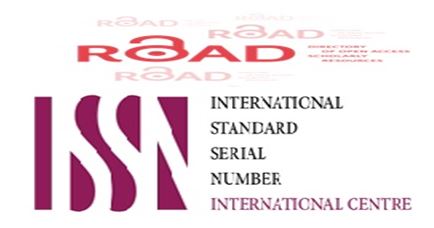Magnetic resonance imaging of the left wrist: assessment of the bone age in a sample of healthy Iraqi adolescent males
DOI:
https://doi.org/10.32007/jfacmedbagdad.571301Keywords:
bone age, magnetic resonance imaging, left wrist.Abstract
Background: Use of magnetic resonance imaging (MRI) to calculate skeletal age is a novel idea. MRI provides excellent soft-tissue contrast and multiplanar cross-sectional imaging capability. It could be used as an alternative method of skeletal age determination.
Objectives: To study the value of MRI in estimating the age of healthy Iraqi adolescent males and to compare the obtained results with other countries records.
Population and methods: This cross sectional study was applied on 179 healthy adolescent males between the ages of 13 to18 years in MRI unit at radiology institute in medical city, Baghdad – Iraq. This study was carried out from November 2011 to December 2012. Magnetic resonance imaging of the left wrist was performed by using a 1.5Tesla machine with surface coil. The sequence used was coronal T1weighted images (WI). The degree of fusion of the left distal radial physis was determined by a newly developed grading system.
Results: There is high correlation between chronological age and degree of fusion of distal radius within the participant population. Most adolescent boys in the age group between 13 and 14 years presented as grade I and II, while the complete fusion was found at the age of 17and18 years, the mean age of participants was 17.5 years. Degree of fusion of the distal radius in the sample of the study was almost approaching the obtained values in the Algeria and Malaysia as comparative countries.
Conclusion: MRI offers an alternative; non-invasive method of examination of the epiphysial fusion, which eliminates any risk associated with standard radiographic rating. The grading system can accurately identify the variable degrees of epiphysial fusion in an objective teachable manner.
Downloads
Downloads
Published
Issue
Section
License
For all articles published in Journal of the Faculty of Medicine Baghdad, copyright is retained by the authors. Articles are licensed under an open access Creative Commons CC BY NC 4.0 license, meaning that anyone may download and read the paper for free. In addition, the article may be reused and quoted provided that the original published version is cited. These conditions allow for maximum use and exposure of the work, while ensuring that the authors receive proper rights.



















 Creative Commons Attribution 4.0 International license..
Creative Commons Attribution 4.0 International license..


